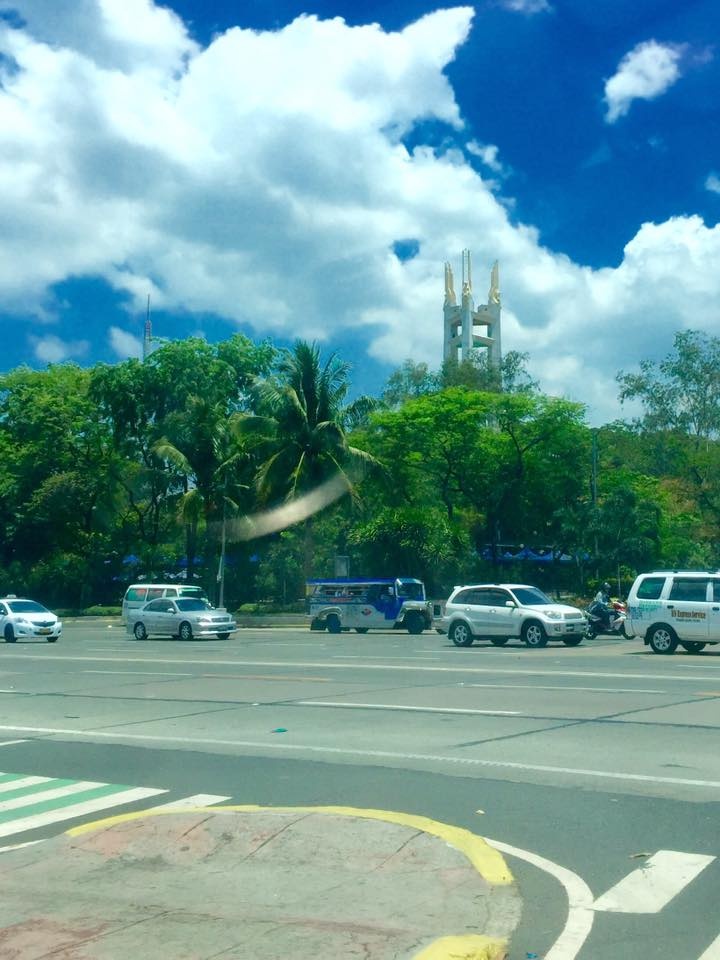Module 5 Discussion: City Models - A glimpse of the future: The case of Quezon City, Philippines
FC-01x Future Cities (1st Run) - Discussion - "City Model"

Uploaded on 2016-04-25 by Jasonbsantos
[1]: https://edxuploads.s3.amazonaws.com/14615808651003759.jpg As the city models depict reality to a certain extent it can be a driver that can propel the future city and to a have a glimpse of what is perceived to occur. I confidently believe, that the existence of city models to the full extent can benefit in the advancement of the city in which I reside - Quezon City, Philippines. This is stated in the context that a certain balance between two extremes; the models being rigid and calculated in nature, and the fact that the city is a living organism that is ever changing and evolving. Using the concepts of Christopher Alexander on “A City is not a Tree”, he notes that the there are two (2) kinds of cities – Artificial and Natural. As I will interpret the artificial city is based mainly on models and patterns dictated by designers while, natural cities are derived “organically”, led by change and unpredictability by the organisms that the city consists. Balance and the two extremes need to come together ultimately in harmony for the progress of the future city. Both extremes should complement each other and the glue that will bind will be the information generated by the organisms or what consists of the city and the models in which where the pattern or form originated. It is like the model is the past that needs to be linked or “threaded” to what the city intends to become in the future. Certain controls and basis will pair with organic growth of the city so as to give stability to future development. Thus using the Quezon City as an example of the discussed balance would be appropriate. The plans for Quezon City historically, were intended to become the “center” of the Philippines replacing Manila City as the capital for just twenty eight (28) years and due to political reasons the latter remained as the nations’ capital. With this, Quezon City was modeled in the year 1940’s by the American designers as a “garden city” like those early American cities. This is characterized by heavy geometric forms, commonly the quadrangle and long grids woven by circumferential lines that is emanating from a core or focal point. The focal point of the previous city plan was to house the nation’s government center lined with parks and open spaces along the main roads which are evident in some classic American cities. Unfortunately today, only a remnant of the original plan of Quezon City remained. Instead of the government center, a commercial shopping mall was built, the spacious roads that lead to the center to the outskirts where replaced by intermittent short stretches lined-up with informal dwellers doing their business and living along the streets. It was unfortunate that Quezon City became this way, coming from the grand original plan in which it was modeled. Based on the concepts of the book by Christopher Alexander, designing a city is really a daunting task as evidenced by Quezon City. The plans were changed and evolved by the inhabitants, the external forces created by nearby cities and the political landscape of the nation. For me what was lacking would be the using of information created within and outside the city filtering and visualizing through simulation or having a glimpse of the future of the city. In conclusion, the city can be healed. The plans can be realized by merging the city models as basis and then amplifying with the current city produced information through simulation. Discrepancies will be evident as there are still breaches in the system as there are no perfect plans present but closing the gap of reality and what is perceived is of great advantage as the city is living and breathing and subject to change and unpredictability. Unification and synthesis of city models and simulation as controls and set parameters can propel the advancement of not only Quezon City, Philippines but the futures cities as well.